It is no secret that Iceland is a unique country full of beautiful landscapes and gorgeous nature. But something you often don't hear about all that wonderful Icelandic nature that is equally as important ...
Icelandic nature can be as dangerous as it is beautiful
It has become too common that we hear of people who have found themselves in very dangerous situations while out exploring this beautiful country. Situations that in most cases could have been avoided if proper safety precautions were taken. Iceland is one of the safest countries in the World so these life-risking stories, they really should not be as frequent as they are.
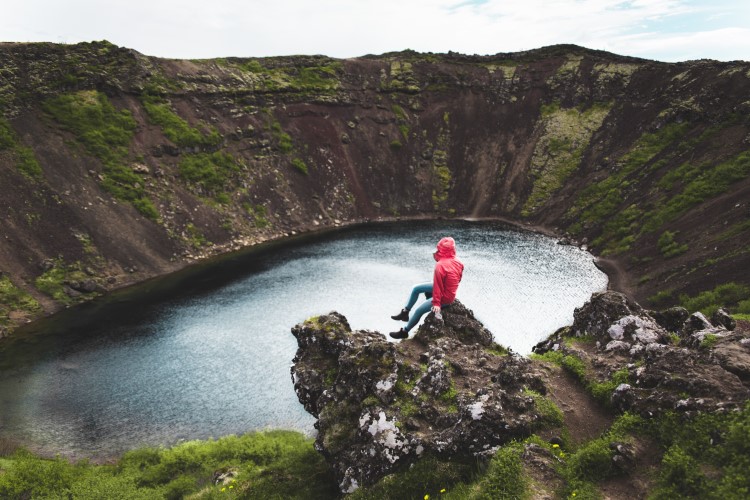
We know Iceland isn't a country you come to just to explore from behind the window of a car. We definitely don’t want to encourage that! It is a place you come to to explore nature up close and with a sense of adventure. But with this sense of adventure, you also need to have respect for the nature you are enjoying.
To help make sure you don’t become the next person who finds them self in a dangerous situation in Iceland we have put together a list of some of the most common dangerous you can face in Iceland. While this list is put together with a sense of humor we truly do hope you all understand and respect the powerful Icelandic nature so you can safely enjoy your visit.
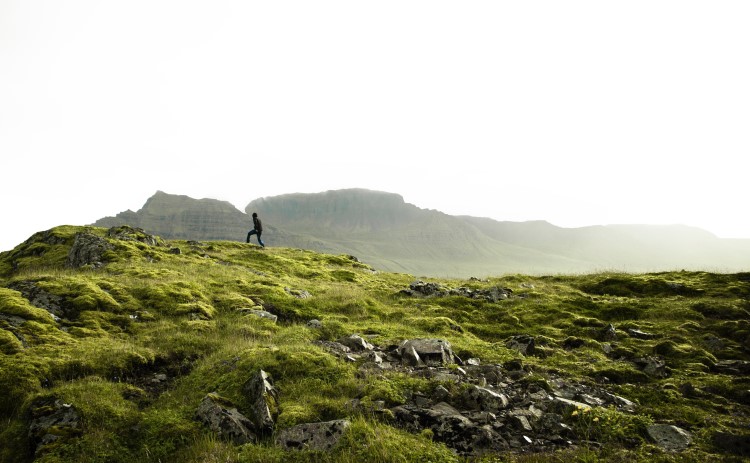
Here are 10 dumb ways to die in the World’s safest country, and how to make sure you avoid them.
1. Straying From Marked Pathways at Geothermal Areas
Iceland is a country bubbling with geothermal activity, which we all thank daily for the amazing hot springs and clean energy it brings. With geothermal activity being an important part of Iceland and its nature it is a must to visit at least one geothermal area while in the country. The large clouds of steam, bubbling pools of hot water, and the unique color pallet of rocks and dirt surrounding all the heat is a sight to be seen.
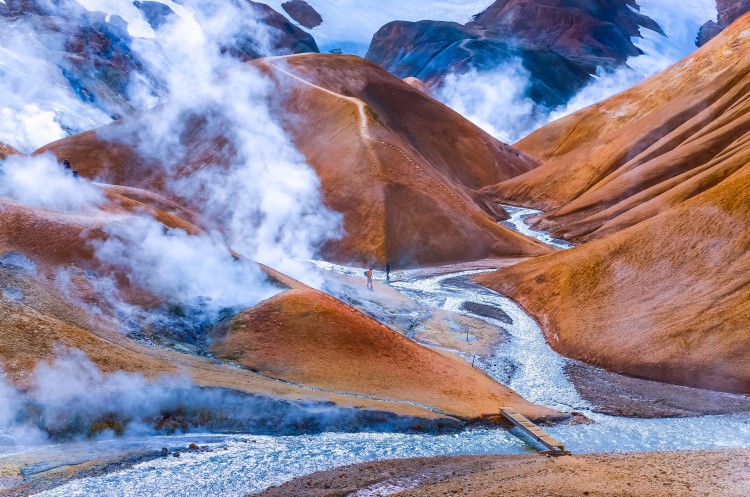
As one can only imagine, with all of that hot water and steam in one area it can also be a dangerous place to visit if you are not careful. Geothermal areas that are open to the public are locations that have been prepared for individuals to visit and learn more about geothermal activity in Iceland. This means that there is specific pathways that have been created to explore around these areas. Yet for some reason we hear too often of visitors straying from the pathway in their attempt to get even closer to the dangerously hot water and steam.
These pathways were made so that visitors can enjoy nature safely, not just as a suggested walking area. You never know when a gust of hot steam will come up from the ground, or when a hole filled with steaming hot water will not be visible until you find yourself stepping into it. So while you are visiting a geothermal area remember, don’t stray from the path, the steam and hot water will not be as forgiving as the blurry photo you may get from a further distance away.
2. Climbing Over Barriers
You might be thinking this is a silly item to have on the list, and we would completely agree with you. Unfortunately, a tourist climbing over a barrier or rope to get closer to where they are visiting is one of the most common dangerous situations you hear of in Iceland.
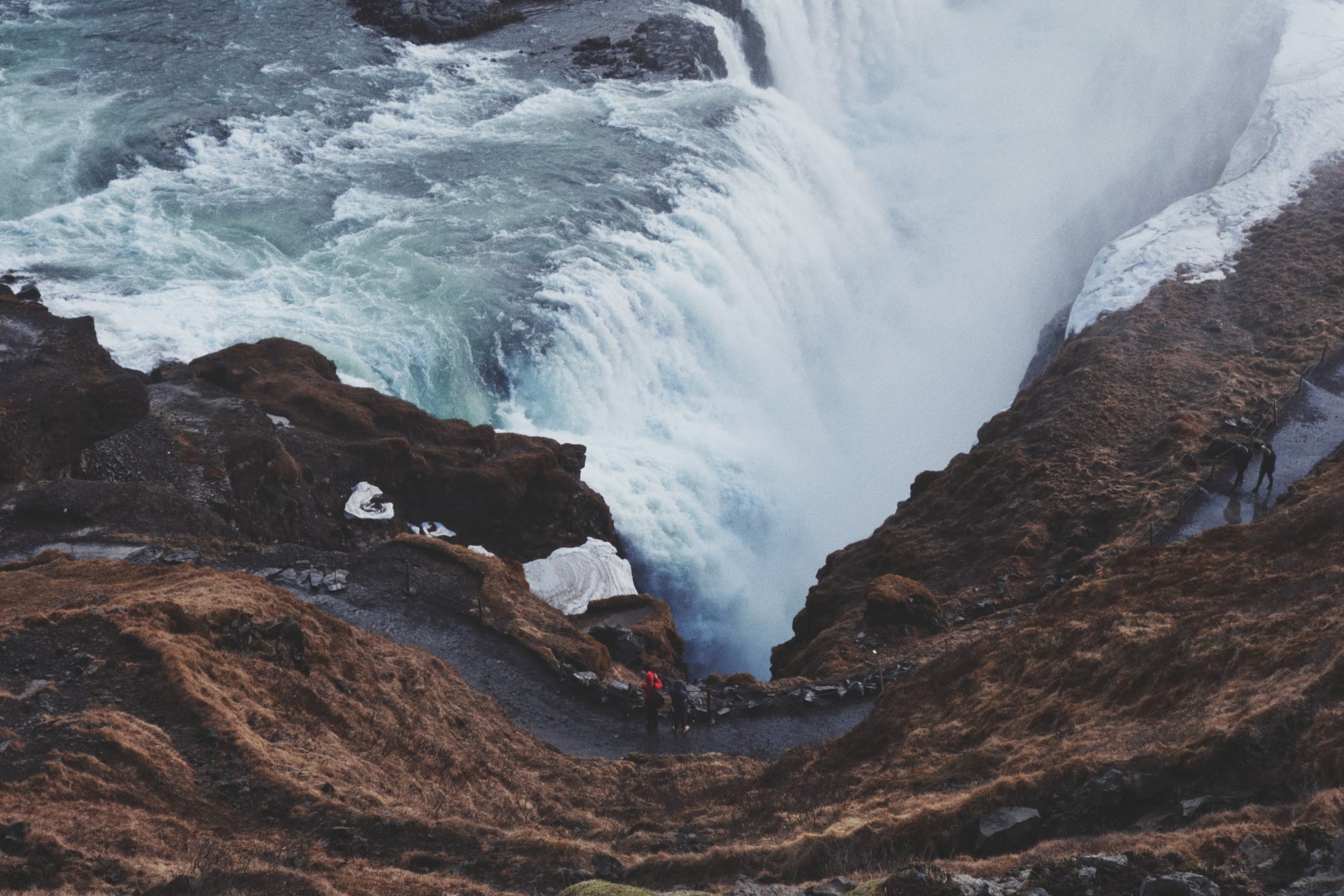
First off, if there is a rope or other barrier, respect it, don't climb over it. Many of Iceland’s main attractions have barriers around them, and this is not because we do not want you to get a good enough view. No, this is because there are steep, and oftentimes, slippery edges that we do not want anyone falling down from.
Using one of the most visited attractions in Iceland as an example, the famous Gullfoss waterfall has a clearly visible rope as an indicator of how far visitors should get to the edge. This rope is placed here because it is the further point recommend for visitors to safely view the waterfall. Yet for some reason, you will almost always find several people over this rope inching closer and closer to the slippery rocky edge of the powerful waterfall. Now we aren’t sure if they think that because this is a popular tourist attraction there is no danger beyond the ropes, but trust us, it is very much a dangerous thing to do that can result in deadly consequences.
Point being, respect the barriers and stay on the side you are supposed to. You are still in for an unforgettable view of whatever location you will be visiting.
3. Ignoring Closed Road Signs
When you see a closed road sign in Iceland we can promise you it is not because there is a hidden gem down the road that locals don’t want people to get to. If a road is blocked it is because you shouldn’t drive down it, and if you do you may be putting your safety at risk.
Those who do decide to ignore the closed road sign and continue on driving anyways, you know what ends up happening to them?
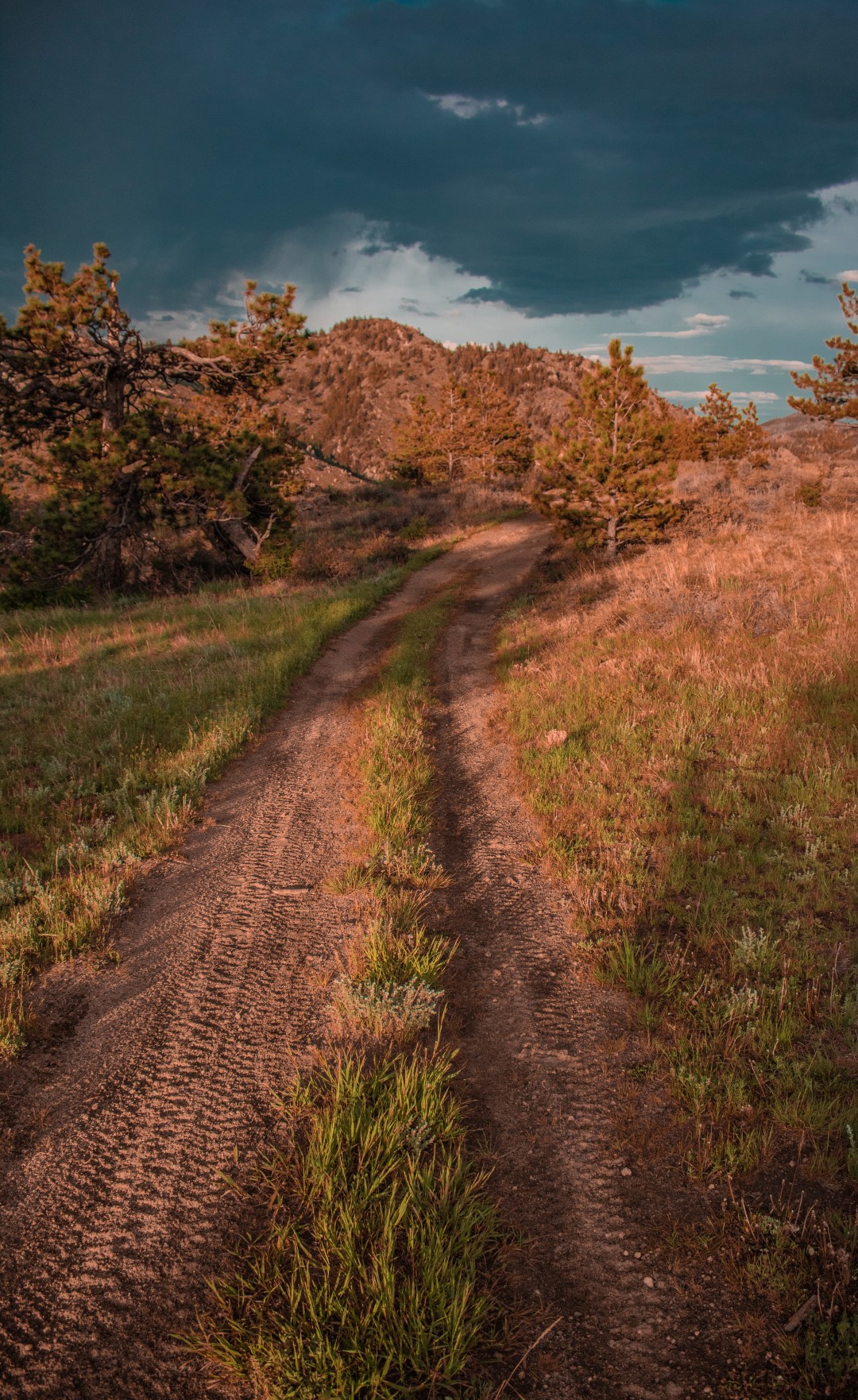
Yup, they often end up getting stuck, sometimes in a storm, other times in a very dangerous area such as out in the highlands surrounded by rivers they need to cross in specific vehicles.
It can take a very long time before someone can reach you with help, a situation you do not want to find yourself in if an Icelandic storm comes rolling in! We know the off the beaten path is a tempting way to travel while in Iceland, but these closed roads are not the type of unique adventure you want to have.
4. Playing in the Water at Dangerous Icelandic Beaches
First off, not all beaches in Iceland are dangerous. But certain beaches, they are very dangerous with waves that sadly can be deadly. One of the most dangerous beaches in Iceland is the famous black sand beach in Vik, Reynisfjara beach.
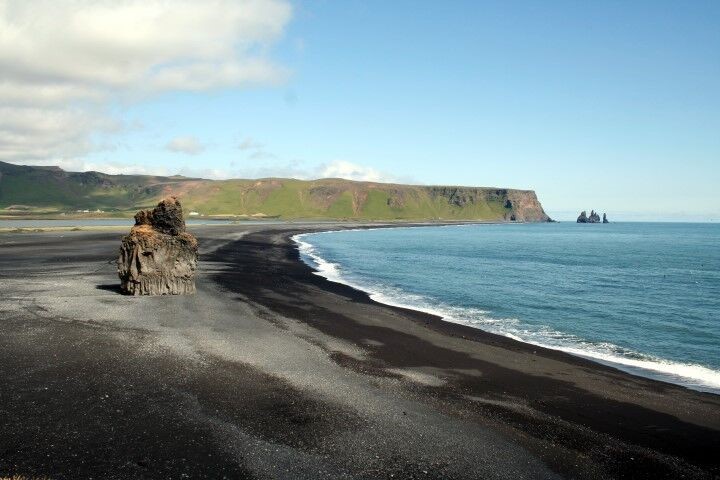
This beach, while very dangerous, is also one of the most visited tourist attractions in the south of Iceland. Just because this beach can be dangerous does not mean people should not visit it. The opposite in fact, this beach is a must-see location for a reason with its black sand and basalt columns. But when you visit there is one important thing to keep in mind, do not play near the shoreline.
As soon as you arrive at Reynisfjara you will see warning signs stating the danger the waves here can be. If there is a warning sign when you arrive at a beach please respect this as the warning is here to protect you, not ruin your fun. Sadly visitors have ignored the warning signs at Reynisfjara and gone right up to the crashing shoreline, which has resulted in several fatal accidents in recent years.
While you might think it won’t happen to you these waves can quickly sneak up on you and with the strong current, they will pull you back out into the dangerously cold water. So please, read and respect the warning signs at these locations, you will have more fun staying away from the ocean on this beach adventure.
5. Attempting a Road Trip in a Storm
Iceland is a land of extremes, both in nature and in the weather conditions. When they say “if you don’t like the weather in Iceland wait five minutes”, they truly mean just wait a few minutes because the weather will likely change. This means, for example, that it can go from a beautiful sunny winter day to a snowstorm in a matter of minutes.
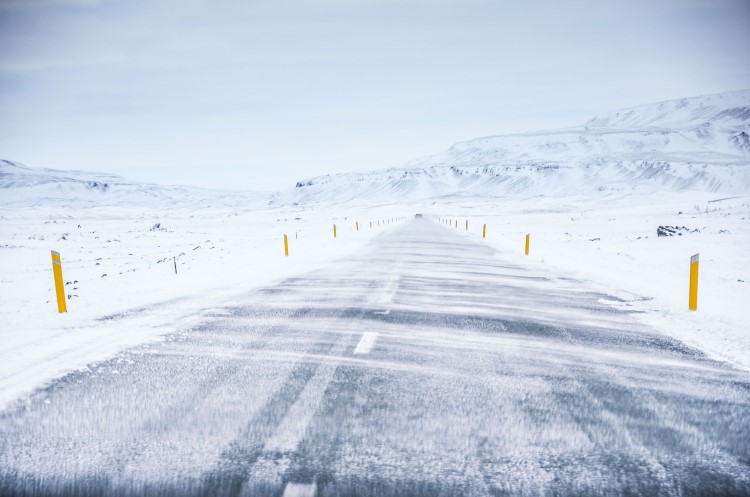
Lucky for us the weather reports in Iceland are updated frequently and they do a great job of putting out weather warnings in advance so you can prepare yourself for what is to come. So when you do hear a weather warning for extreme weather, such as strong winds or a snowstorm, don’t write it off as the weather people exaggerating things. These warnings are not put out as something to keep in mind, they mean conditions will be unsafe and you should avoid them by all means possible.
You might think you are an experienced driver in snow and ice but please rethink that road trip. You don’t want to go driving out in these types of conditions, the strong winds have been known to flip cars over, and that is one memory you don’t want to have from your Iceland adventure. It is not worth risking your life to try and drive in these extreme weather conditions just to see the beautiful waterfall, they will still be there the next day. You might want to read our article about how to survive driving in Iceland.
6. Going Glacier Exploring on Your Own
Glaciers are one of the natural wonders that bring people to Iceland. And they truly are an impressive creation of nature that are a must-see while in Iceland. Certain glaciers around the country are possible for you to drive right up to it making it very tempting to jump out and start exploring the glacier on your own. While it might look like a safe and sturdy area to explore please do not attempt this.
We repeat, do not attempt walking around a glacier on your own.
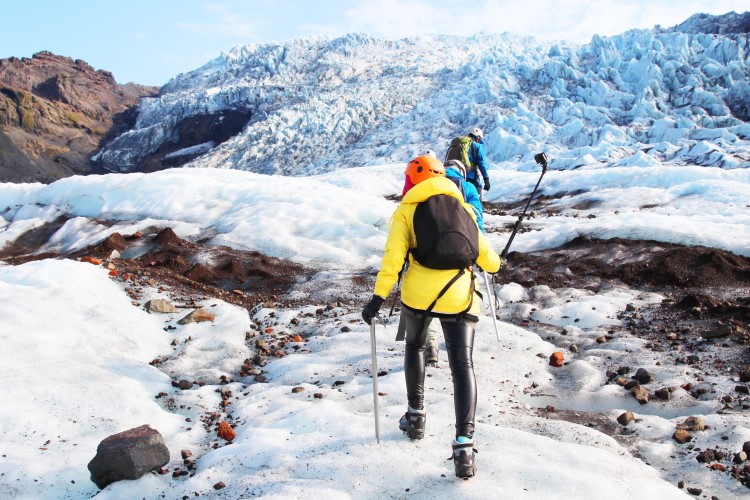
Don’t let the sparkling shine of the glacier fool you, these are very dangerous places that are not to be explored without a professional guide or experienced individual with you. For starters, a glacier is made from snow and ice, which means its surfaces can be very slippery making it difficult to walk on without proper equipment. This alone should keep you from wanting to try and explore on your own, but we haven’t even talked about the crevasses that are found all over glaciers.
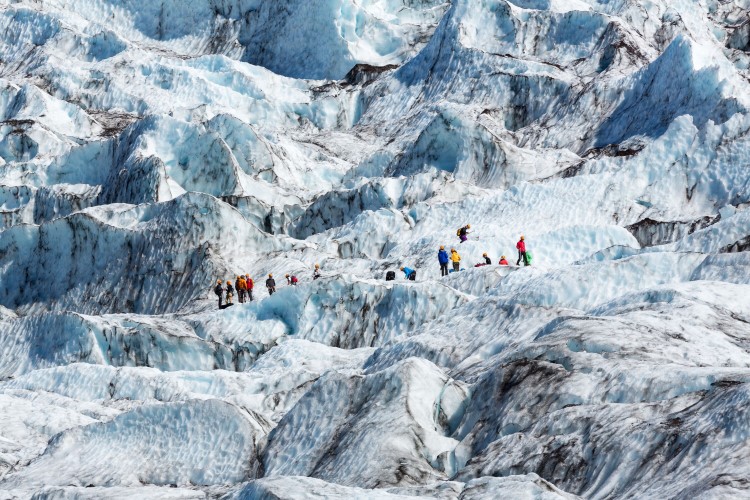
Crevasses are deep cracks or fractures that are caused by movement and resulting stress on the glacier. These deep cracks are exactly that, deep. If you were to fall down one there is no guessing how far down you may fall making them incredibly dangerous. Adding to there danger, crevasse can often be hidden by a light coat of snow making them not visible.
Having a professional guide with you on the glacier is a must in avoiding these risks. Not only do these guides have the proper training and equipment, they also are highly knowledgeable of the glacier and are frequently examining the surfaces for any new crevasses or unsafe areas. These guides know which route is the safest for exploring, and it is only with a professional guide that you should visit a glacier while in Iceland.
7. Heading out for a Hike Underprepared
With all the great nature in Iceland you already know the hiking trails here are going to be something special. From short hikes around lava fields to daylong hikes around the highlands there is an amazing hike for everyone to enjoy.
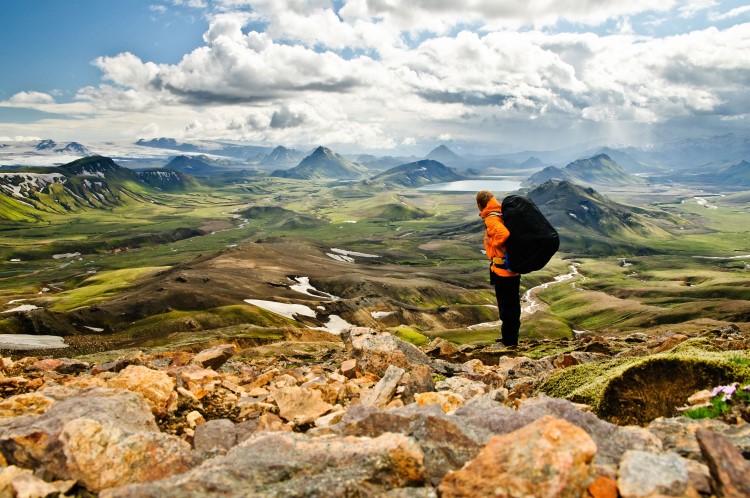
Hiking is a very popular activity in Iceland, and when proper safety measures are followed it is a very safe activity. However, if you neglect basic safety measures the end result can be deadly. For example, attempting to make your own path and venturing off the well-marked hiking trails, not a good idea. This can result in you getting lost out in the Icelandic nature, a situation that can be very risky no matter what time of year.
A second important safety measure to always make sure you do in Iceland, check out the weather forecast before heading out for your hike, and then double-check it.
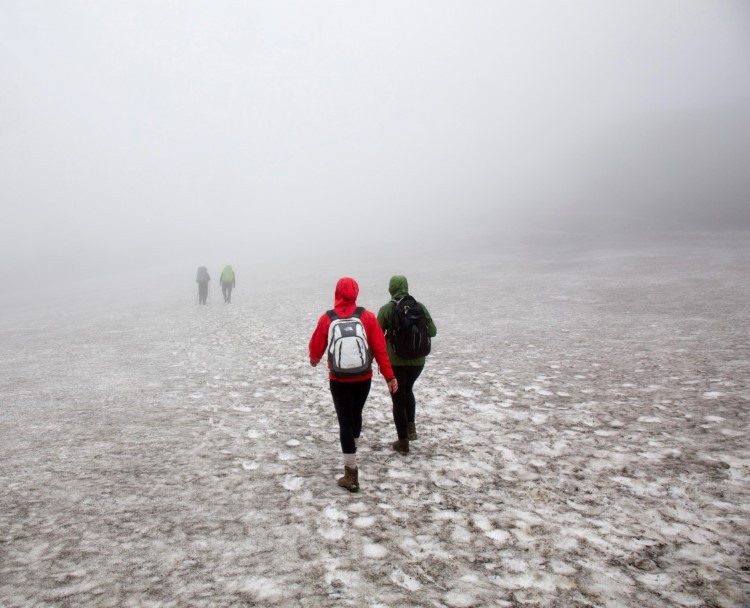
Hiking over snow fields in July
The forecast might be calling for clear skies the night before, but when you are about to head off a dark cloud may roll over changing the forecast to stormy conditions. Even in the summer months, you need to check that a storm is not approaching, you do not want to be out in the mountains and have a storm come in that makes visibility difficult.
Lastly, do come prepared with proper hiking equipment. The one pair of sandals you brought to Iceland is not going to make the cut for a mountain hike. Protect yourself and bring some proper shoes to keep you sturdy on the uneven terrain you will come across during your hikes.
8. Wandering into Unknown Caves
Iceland is the land of fire and ice, and one thing all that fire (aka volcanos) and ice has left, caves. From the large lava caves found in the lava fields to the sparkling blue ice caves exploring these caves is one unique and fun activity to experience while in Iceland.
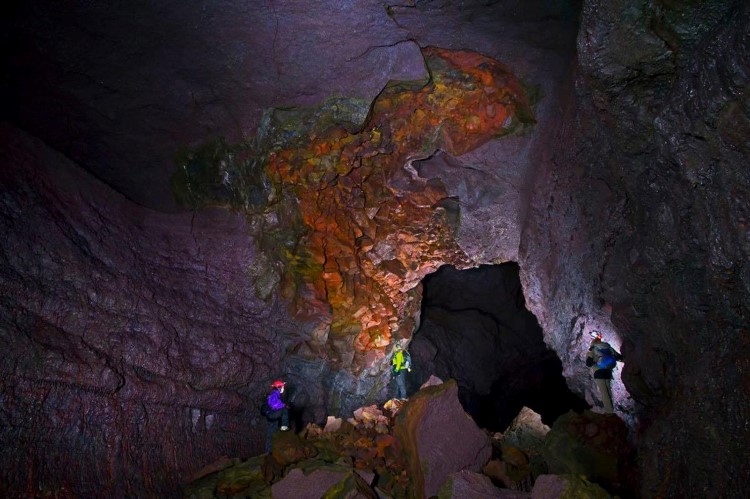
While exploring caves is a fun activity to do in Iceland, it is not one that should be done without a trained professional or own personal expertise. These caves are created by nature, an unpredictable source, and you never know what you might find when you wander into one. Sadly, just last year there was a fatal accident in an ice cave here in Iceland because of dangerous gas levels inside the cave, one of the many dangers exploring a cave can have.
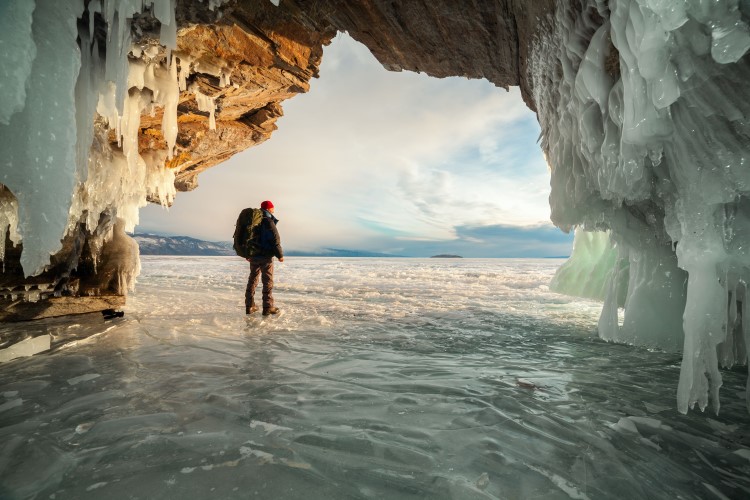
There are hundreds of caves that have been found in Iceland, but it is estimated that there are thousands of caves all over the country! This means there is a very high number of caves that have yet to be discovered and the safety of them is unknown. So if you happen across what looks to be a fun and harmless cave with no markings please refrain from exploring. There is no telling the conditions in the cave and you don’t want to be the test user to find out.
9. Being Unprepared for Cold Weather
With an average winter temperature of 0 degrees Celcius Iceland does not actually get as cold as the country’s name might have you think it would. But trust us, there can be days when it can get very very chilly and you do not want to find yourself underprepared for it.
When traveling to Iceland during the winter months it is important to come prepared for all types of winter weather conditions. The temperature may look mild on your weather forecast, but you never know what storm could come in drastically changing things. Add in the wind chill factor and things can take a deadly cold turn quickly.
Let's not forget the danger that a sudden snow storm can bring when it covers the pathway with a white blanket leaving your way back to safety a hidden mystery. You might not think you will ever find yourself caught in a dangerous situation during the winter in Iceland, but trust us the cold weather can sneak up on you faster than you think so it is better to be prepared than not.
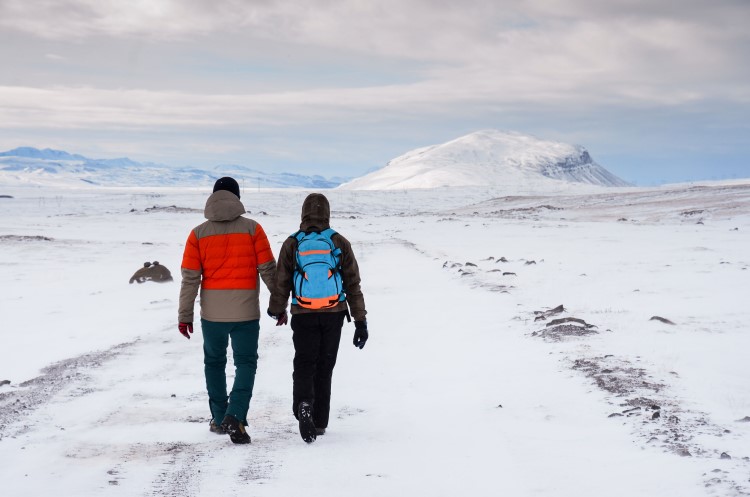
A key in keeping yourself protected against the elements in Iceland is to make sure you have lots of layers with you at all times. A simple winter adventure can turn deadly when you end up outside longer than anticipated in too little clothing. Proper winter clothing that protects your body from the weather can literally end up being a life-saving outfit. And please, check and then double-check the weather forecast before heading off for a winter adventure, waiting for help in a blizzard is not the type of Iceland winter wonderland experience you want.
10. Treating tourist attractions as safe zones
A common theme amongst the dangerous situation we see in Iceland is that they typically occur at popular tourist attractions. Maybe visitors think that because it is a main attraction nature is not dangerous? Or maybe they think if so many people are climbing over the ropes to get closer to the waterfalls edge then it must be safe right? And if dozens of people are jumping onto floating ice at the famous Jökulsárlón this must mean it is safe to do this at this location??
Wrong!
Nature does not care how famous it is and how many visitors it welcomes each day, it will remain its unpredictable and at times dangerous self no matter what. If a location is a well-known tourist attraction all this means is that there is a safe way to explore this area that will be well marked for you to follow. It does not mean that none of the above rules apply, they most definitely do.
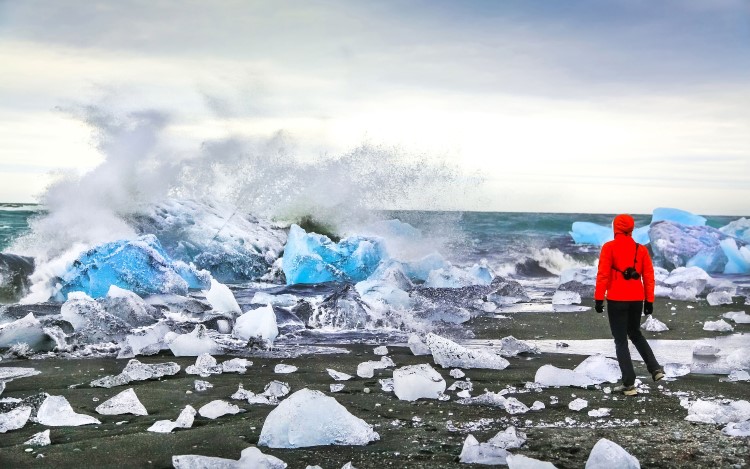
To all who venture up to the beautiful Iceland, please keep in mind the power of the gorgeous waterfalls, the quickness of those waves on the black sand beaches, and the temperatures of the erupting geysers and bubbling geothermal areas that are all over the country. They can be as dangerous as they are beautiful, so respect them while taking in their beauty. You do not want to travel to the world safest country and find yourselves in a life-threatening situation that could be avoided.
Please remember to be a responsible tourist and treat nature with respect. We want you to stay safe during your travels in Iceland and enjoy everything our stunning country has to offer.